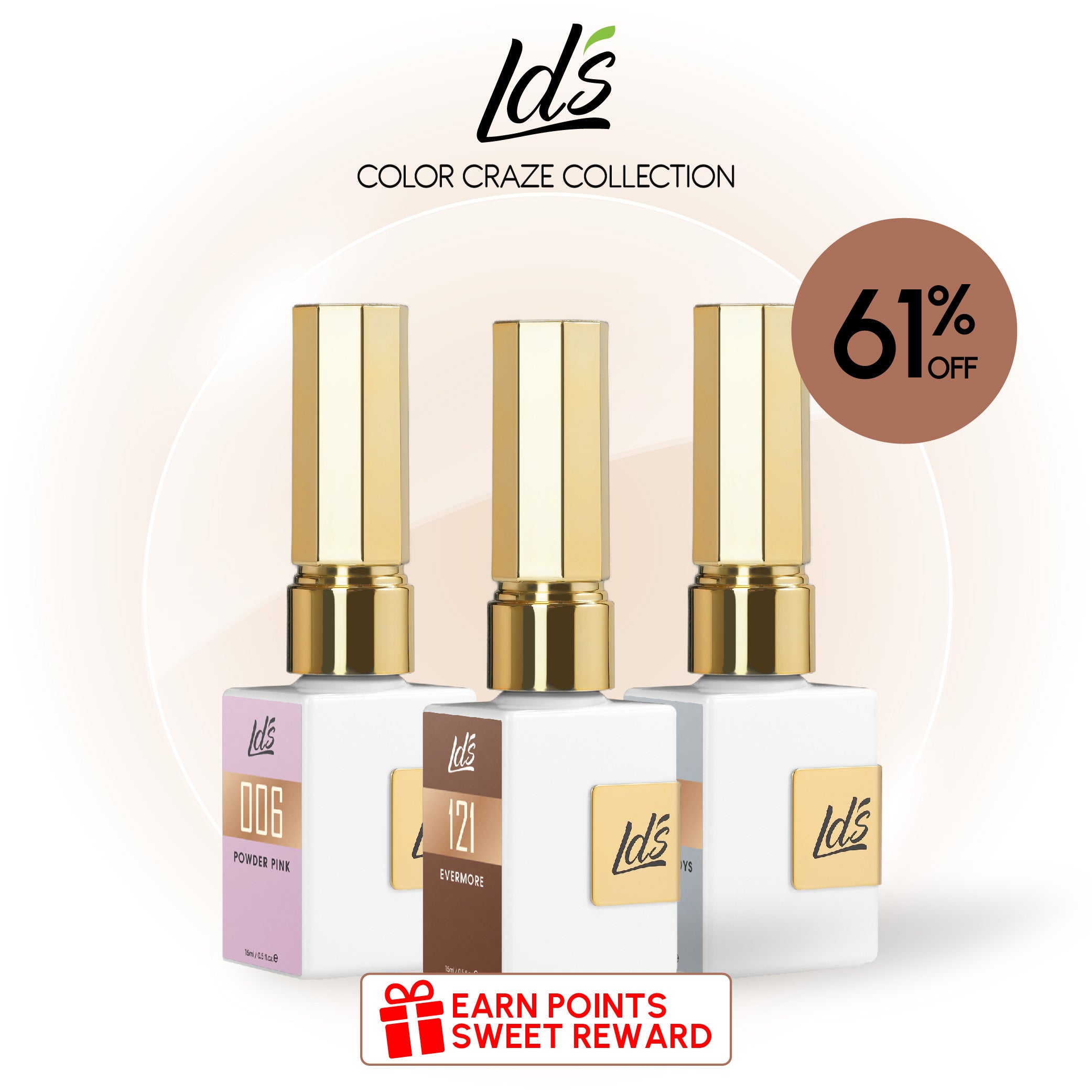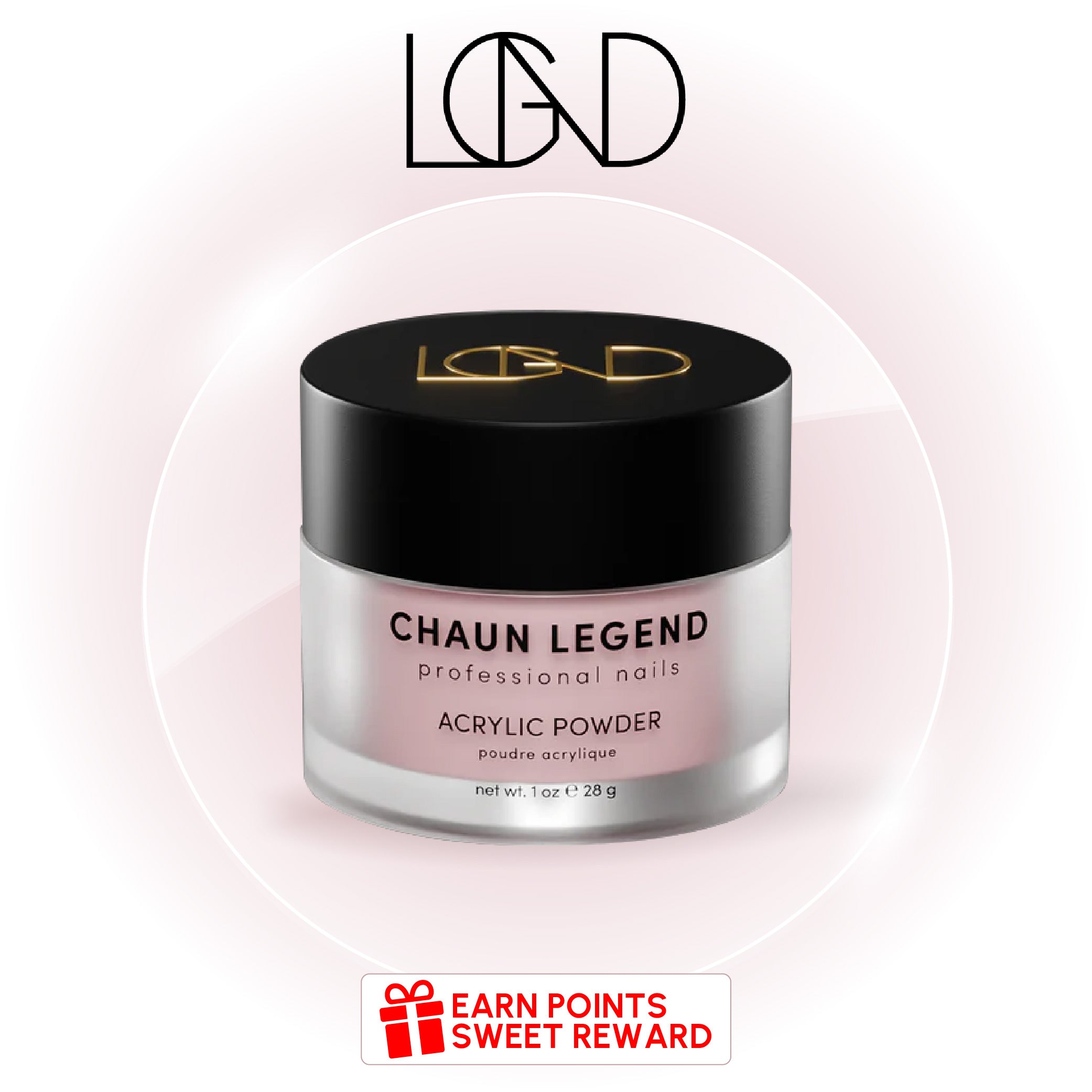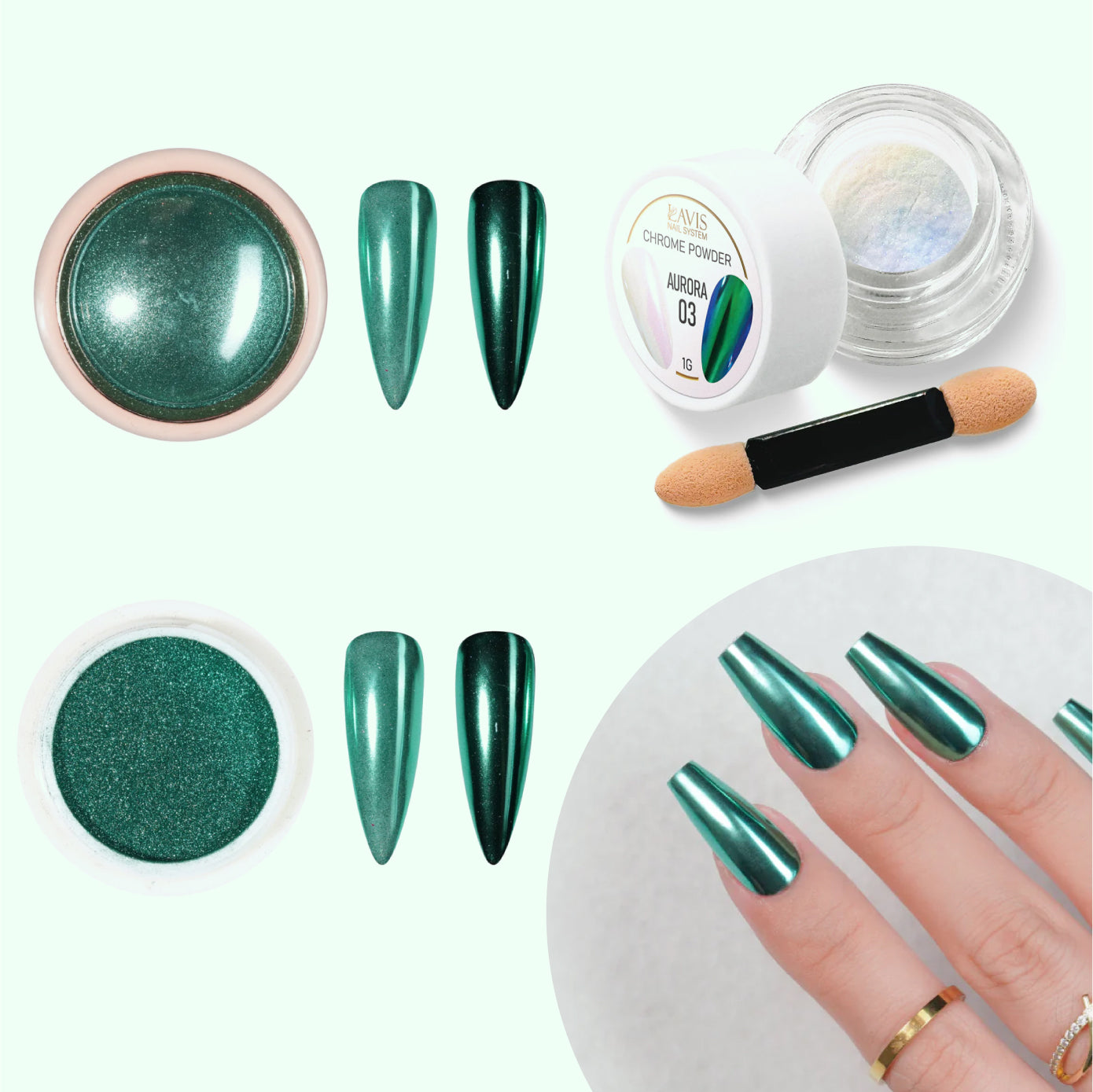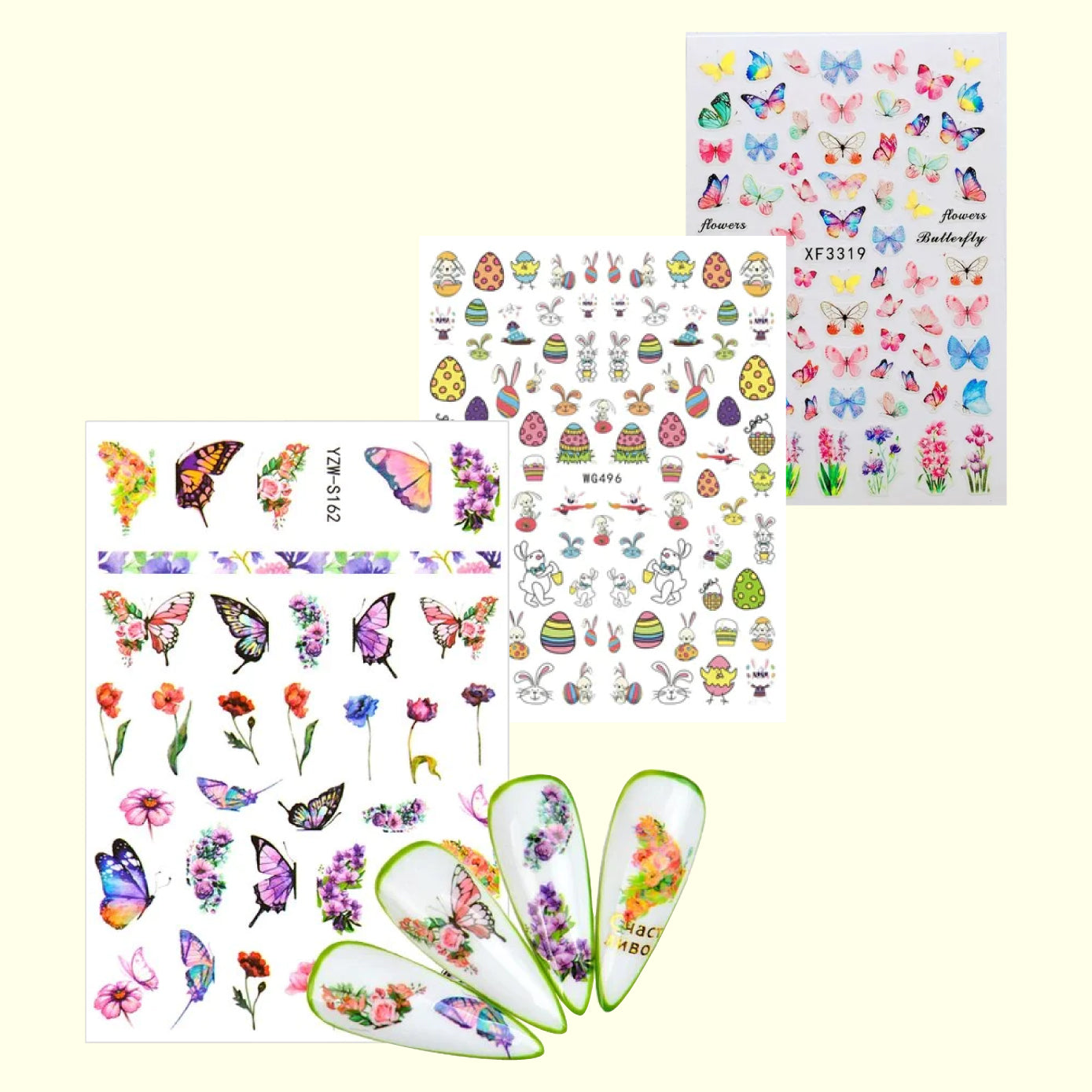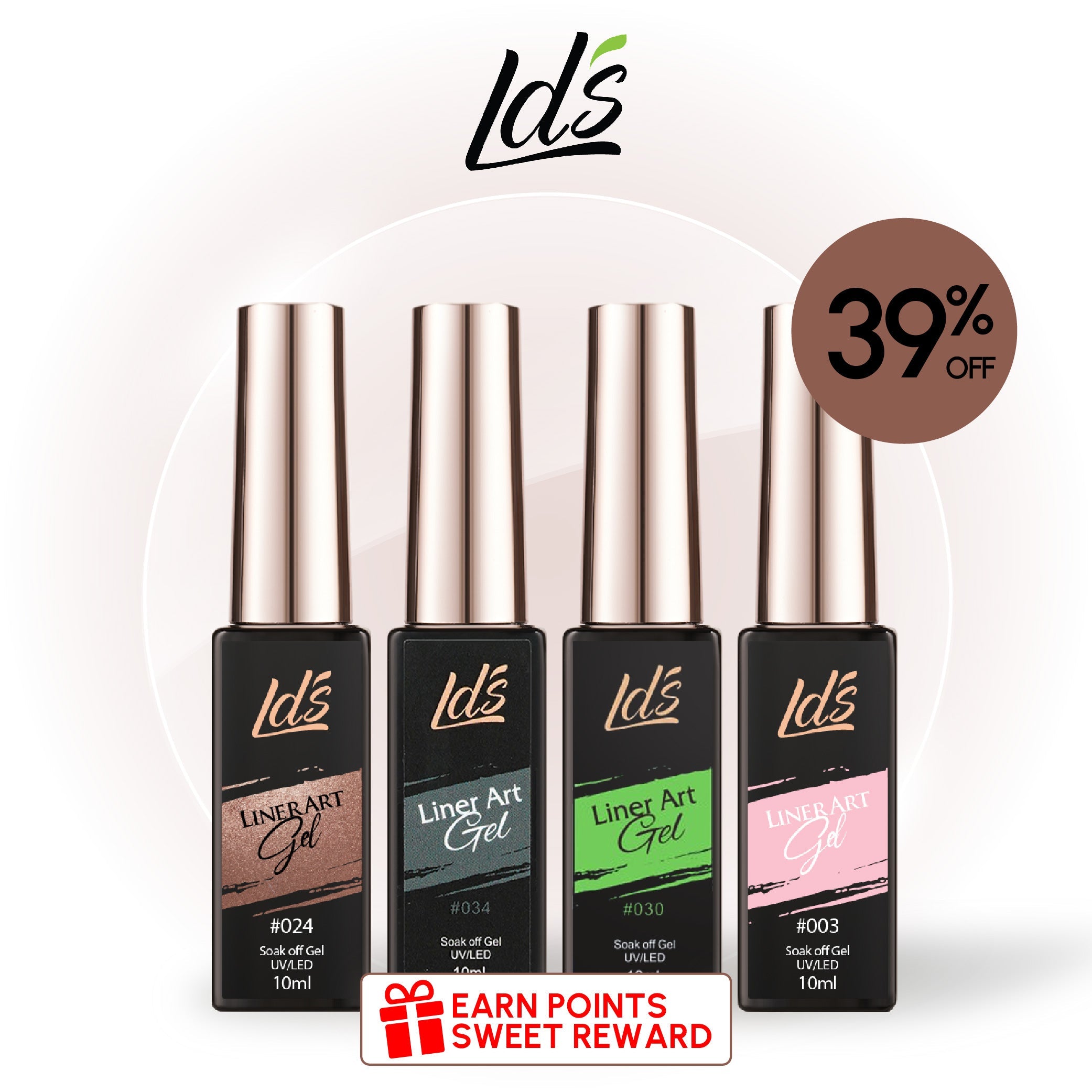Artificial nails allow us to enjoy flawless manicures and to wear stunning nail designs that we couldn’t achieve with our natural nails. However, there are potential pitfalls to consider. This article shares dermatologists' tips for reducing nail damage caused by artificial nails. Discover the tricks that will allow you to enjoy gorgeous fake nails without compromising the integrity of your natural ones.
How Wearing Artificial Nails Damage Natural Nails
Any type of artificial nails can jeopardize the health of your own nails. For one, they increase the risk of fungal infections by providing a breeding ground for spores. That’s why it’s crucial to sanitize manicure tools and your hands.
Let’s explore the other threats that artificial nail enhancements present.
The Dangers of Acrylics
Let’s be clear – acrylic nails aren’t actually the problem. The damage comes from how they are applied and removed.
For example, acrylics require filing and nail primer before application. Someone inexperienced may file the natural nails too aggressively, thinning and weakening them. Moreover, they may use a primer that's too acidic, dehydrating, and further damaging the nails.
There's also a high risk of nail injury at removal time. The acrylics have to be filed down and then soaked in acetone, which is extremely drying to the nails and skin. All of this chemical exposure and grinding can seriously wreck your fingertips.
The Risks of Soft Gels
Although gel tips are safer than acrylics, they may threaten the health of your nails, too. The primary threat is exposure to UV radiation, which is typical when you use a nail lamp to cure gel polish, too. Small doses add up over time and may put you at higher risk for skin cancer.
Also, gel nails must be soaked off in acetone, which causes dryness.
The Threat of Press-On Nails
Fake nails that only take a few minutes to apply at home present the least risk. Typically, you won't need a nail lamp to dry them. Moreover, sometimes, the adhesive can be removed by soaking in warm, soapy water with a little oil, so you don't even need acetone to dissolve the glue.
How to Fix Damaged Natural Nails
If you’ve noticed that your nails are spotted, weak, splitting, or brittle, you need to give them a break from artificial nails. Pamper them with tender loving care!
First, if you suspect you have an infection of any kind, get medical attention. Watch for warning signs like pain, redness, and pus, and see a doctor as soon as possible. You may only need over-the-counter antifungal medication, or you could have to take prescription antibiotics. If you let things go on too long, you might have to have your nails removed.
Next, trim your nails and gently file them in one direction only with a fine-grit file. Work from each side toward the middle. This is safer than scrubbing the file back and forth and splitting the nail fibers.
Also, keep your hands from soaking in water and wear waterproof gloves for cleaning and gardening. Weirdly, long exposure to even plain water can dehydrate your nails!
Apply cuticle oil at least in the morning and at night, if not more often, like when you wash your hands. Massage it in and apply hand cream.
Lavis Organic Cuticle Oil - Peach

When it’s time to do your nails again, use a nail strengthener to fortify them. Nail hardeners contain ingredients like calcium to reinforce the nails’ structure. (Avoid hardeners that contain formaldehyde because that presents other health risks).
LDS Gel Strengthener

Furthermore, your diet can rebuild your nails. Make sure you drink plenty of water and eat nuts, fresh vegetables, and fruits. A diet packed with protein, vitamins (especially vitamin E and biotin), and minerals (like calcium and zinc) contributes to healthier nails.
Remember that it takes from 4 to 6 months for a fingernail to grow out. Meanwhile, a toenail may take a year. So, it's essential to take good care of your nails in the first place so that you're not waiting forever for them to look healthy again.
If you want to paint your nails, use a non-toxic nail lacquer that you can remove with an acetone-free product.
LDS 024 Kinda Classy

How to Protect Natural Nails from Damage Caused by Nail Treatments
There are many ways to protect your nails against damage caused by overlays, acrylics, and extensions.
For instance, choose the safest options, like gel tips or press-on nails. These types of artificial nails are the easiest to apply and take off, and the carry the least amount of risk.
Press-On Nails

Lavis Soft Gel Tips

Although acrylics are unparalleled for creative manicures, they present the biggest threat. If you do them at home, switch to a gentle, acid-free primer.
LAVIS Protein Bond & Primer

Also, make sure that the liquid monomer you’re using does not contain MMA. Most modern formulations have EMA that’s much safer for the skin and nails.
Otherwise, you could get your nails done in a reputable salon. Let the professionals apply and remove the enhancements.
If you do a gel manicure, use an LED nail lamp because it cures 2 to 4 times faster than traditional UV and limits your radiation exposure.
Moreover, apply non-toxic gel polish that soaks off without the need for aggressive grinding.
LDS Healthy Gel Color Set

If you do need to file off an enhancement before soaking, don't use a coarse file like 80 or 100-grit. Stick to medium grit (180) to avoid accidentally harming your nails. Please only use a nail drill with proper training.
Let your nails rest for a few weeks in between acrylic manicures. Again, it's not the acrylic that harms them but the filing and exposure to drying chemicals.
Finally, as tempting as it is to chase the latest nail trend, save artificial nails for special occasions instead of switching them up every few weeks.
Conclusion
We hope these tips help you enjoy wearing artificial nails while protecting them against harm.
We’re happy you stopped by. Did you know that we offer free shipping on orders over $100? What’s more, we’ll send you a free gift on any order over $35.
Source:
https://www.aad.org/public/everyday-care/nail-care-secrets/basics/pedicures/reduce-artificial-nail-damage






